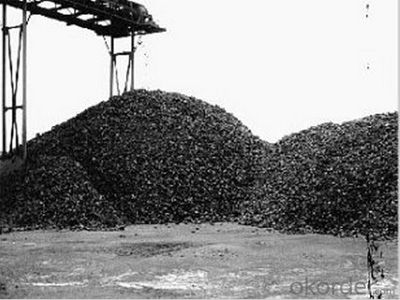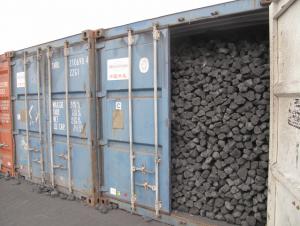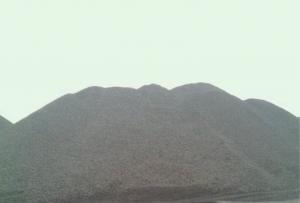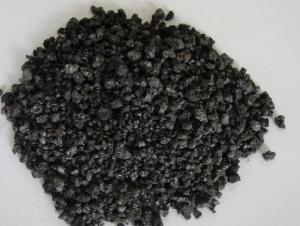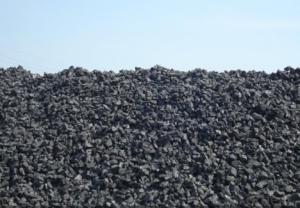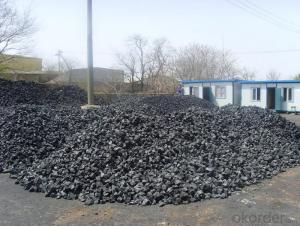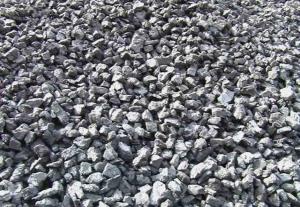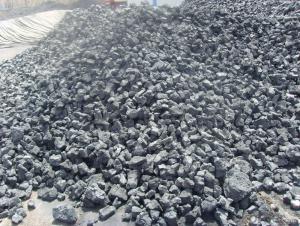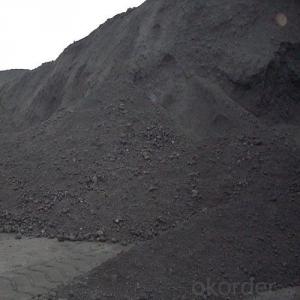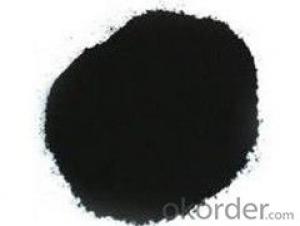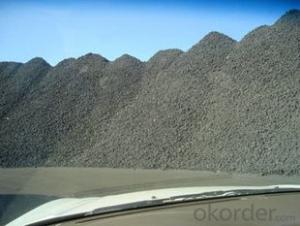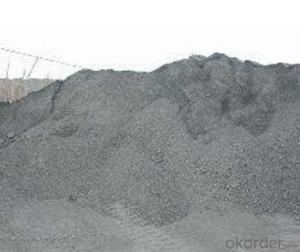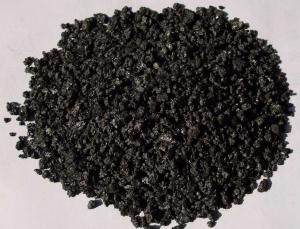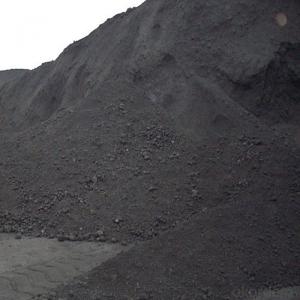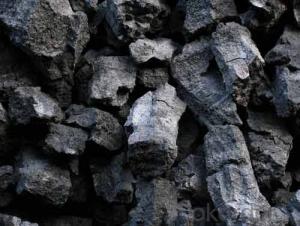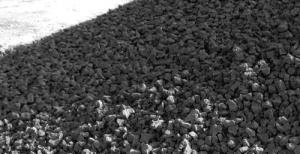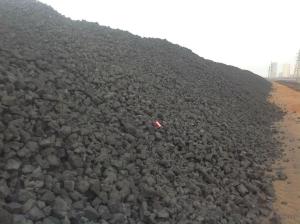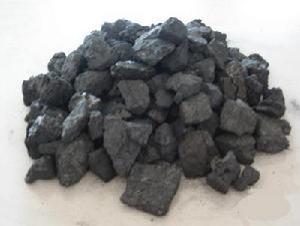Coke Breeze of 3 ---- 6 mm
- Loading Port:
- Tianjin
- Payment Terms:
- TT OR LC
- Min Order Qty:
- 100 m.t.
- Supply Capability:
- 3000 m.t./month
OKorder Service Pledge
OKorder Financial Service
You Might Also Like
1. Structure of Coke Breeze of 3 ---- 6 mm Description:
Coke is a hard texture, with carbon as the main component of irregular porous body, with cracks and defects in silver. The true density is 1.8 ~ 1.95 g/cm3, bulk density is 400 ~ 500 kg/m3, the porosity of 35% ~ 35%,.Coke all vertical and horizontal crack can be seen with the naked eye observation. The vertical and horizontal crack along the thick break, still is focal piece containing micro cracks.
Coke production of coking coal (coking coal), also known as metallurgical coal, belongs to the bituminous coal or sub-bituminous coal. Or use the various ratio of coal blend coking. Coking coal in the coke oven is isolated from oxygen after 1000 ° C carbonization is volatile component has been removing, the rest of the solid matter or coke. With the need of ironmaking as little as possible of sulphur, phosphorus pests, so should choose low sulfur, low phosphorus of coking coal.
2. Main Features of the Coke Breeze of 3 ---- 6 mm :
• Quality assurance
• Mutual benefit
• Preferential price
• Various choice
3. Coke Breeze of 3 ---- 6 mm Images:
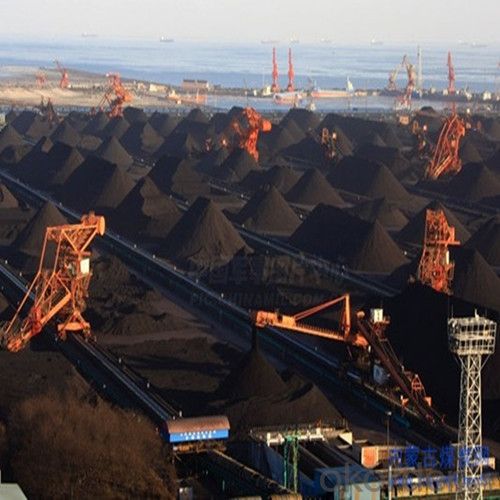
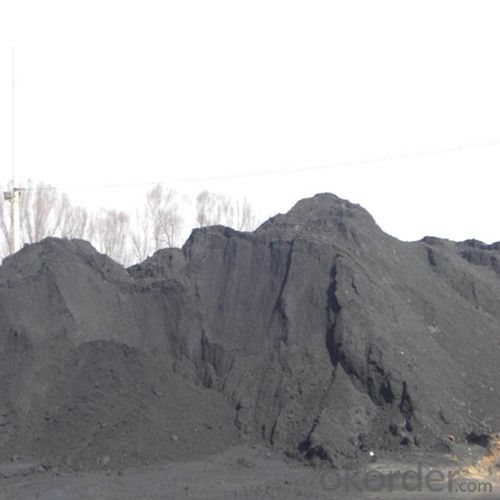
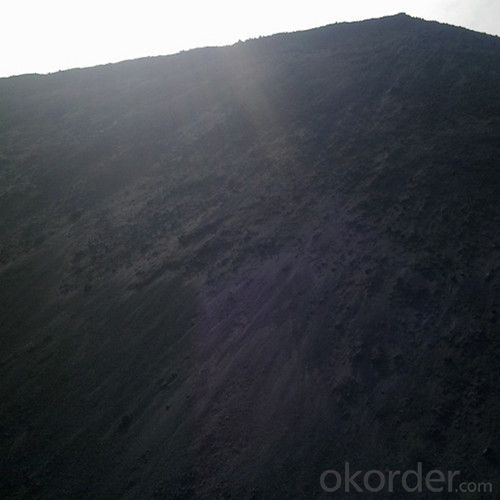

4. Coke Breeze of 3 ---- 6 mm Specification:
Parameters | Ash(DB) | Moisture (ARB) | Volatile Matter (DB) | Fix Carbon (DB) | Size 3-6mm | +6mm | -3mm |
Guarantee | 12.5%max | 15%max | 1.5%max | 83%min | 90%min | 5%max | 5%max |
5. FAQ
We have organized several common questions for our clients,may help you sincerely:
1) Main type
Metallurgical coke is blast furnace coke, coke, iron alloy and nonferrous metal smelting with coke. As more than 90% of the metallurgical coke for blast furnace ironmaking, so often called the blast furnace coke metallurgical coke.
Foundry coke is dedicated to cupola molten iron. Coke is the main fuel of cupola molten iron. Its role is hot metal melting furnace charge and overheating, support stock column maintain its good air permeability. As a result, coke blocks should have large, low reactivity, low porosity, with sufficient impact crushing strength, ash content and low sulfur content.
2) Application of coke
• Used for blast furnace ironmaking and used for copper, lead, zinc, titanium, antimony, mercury
• Other non-ferrous metal smelting of blast furnace,
• Reducing agent, compound
• The function of stock column frame.
3) The history of coke
From around the world, the coking coal resources are scarce, it is the precious resources must be protected, so has been seldom used coking coal coking alone. In China, the first kind of typical coal coking coal with hebei feng feng coal mine, shanxi gujiao cetrimonium, heilongjiang drops of jixi, anhui huaibei zhangzhuang and dabao top-coal panzhihua in sichuan province.The second category of typical coal coking coal have jilin tonghua iron works and the Inner Mongolia baotou beach ditch coal.Benxi, northeast China hebei tangshan, jingxing, shandong xinwen, etc., are all famous origin of coking coal.
- Q: Various types of coal coke are the main test items
- If you need to test coal, caking index (G value), glial layer (X, Y) and other indicators, the index also includes the detection of more coal ash melting point (ash melting), hydrocarbon, the Hardgrove grindability index of coal, burning, swelling, activity, Oaxaca coal coal. Slag index.
- Q: Types of coke and use of coke
- China's coking industry has been formed with conventional machine coke oven blast furnace ironmaking production of metallurgical coke, with heat recovery coke oven production machinery foundry and foundry
- Q: What are the main uses of coke
- Main use of coke:1, is the most important coking products, more than 90% countries most coke used in blast furnace, blast furnace with coke instead of charcoal, laid the foundation for the large-scale modern blast, is an important milepost in the history of metallurgy.
- Q: How to distinguish the level of coke. What is metallurgical coke
- The utility model is characterized in that the coal is formed by the compression of the coal powder, and a new type of coke, which is processed after carbonization, is called a coke. Metallurgical coke is coke, coke, iron alloy coke and non-ferrous metal smelting coke "
- Q: Why is coke used in blast furnace steelmaking?Why not use coal?
- (2) reduction: high temperature gas generated in coke combustion in the raceway, passed to the material in the process of heat rising, the endothermic reaction and coke formation, CO and H2, then CO and iron oxide in iron ore reduction reaction is transformed into metallic iron.(3) the role of the skeleton: the blast furnace smelting process occurs in the movement and interaction between the rising of the gas and the falling of the charge. The pellets, coke, iron ore, ore and other materials according to a certain proportion, and batch sequence into a blast furnace, blast furnace smelting in reducing atmosphere under the hot metal, after providing to the steelmaking plant of the steel-making.
- Q: What is the difference between coke and semi coke in ferrosilicon smelting process? In the process of energy statistics in the end should be 0.9714 of the conversion coefficient should be used with the conversion coefficient of 0.75 x 0.9714, please expert advice? emergencyUrgent!
- Coke is used for smelting iron alloy coke, and the coke is used in blast furnace and used for copper, lead, zinc, titanium, antimony, mercury and other non-ferrous metal smelting of blast furnace, reducing agent, heating agent and columnar skeleton.
- Q: Why in the blast furnace ironmaking with coke instead of charcoal why coke can produce heat to improve the heat of the furnace how to produceWhy in the blast furnace ironmaking with coke instead of charcoal why coke can produce heat to improve the heat of the furnace how to produce
- Under the condition of isolated air, the bituminous coal is heated to 950-1050 DEG C, and finally, the coke is made by drying, pyrolysis, melting, bonding, solidification and shrinkage
- Q: I work in the coking plant, so there are conditions to get coke and is burning, I would like to use coke barbecue line? Just like charcoal Mutton Cubes Roasted on a Skewer, OK? Understand the answer
- Coke is mainly used in blast furnace ironmaking and smelting of non-ferrous metals such as copper, lead, zinc, titanium, antimony, mercury and so on.
- Q: How many degrees of coke ignition temperature can ignite coke
- Ignition temperature (450-650) in air;The main physical properties of coke are as follows:True density is 1.8-1.95g/cm3;Apparent density of 0.88-1.08g/ cm3;
- Q: What are the quality indicators of coke
- Coke is a solid product of high temperature carbonization, the main component is carbon, is a crack and irregular pore structure (or porous). The number of cracks has a direct impact on the strength and crushing strength of the coke, the index is generally measured in terms of crack degree (the number of cracks in the unit volume coke). The index of pore structure is mainly expressed by the porosity rate (the percentage of the total volume of coke), which affects the reactivity and strength of coke.
Send your message to us
Coke Breeze of 3 ---- 6 mm
- Loading Port:
- Tianjin
- Payment Terms:
- TT OR LC
- Min Order Qty:
- 100 m.t.
- Supply Capability:
- 3000 m.t./month
OKorder Service Pledge
OKorder Financial Service
Similar products
Hot products
Hot Searches
Related keywords




